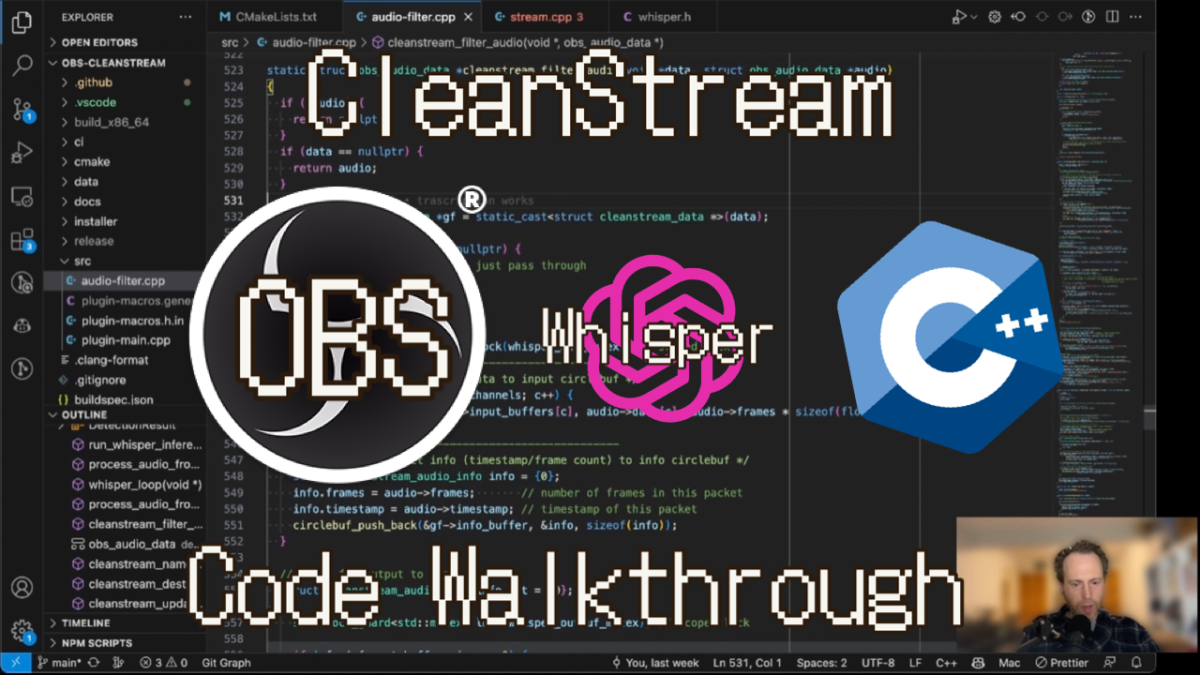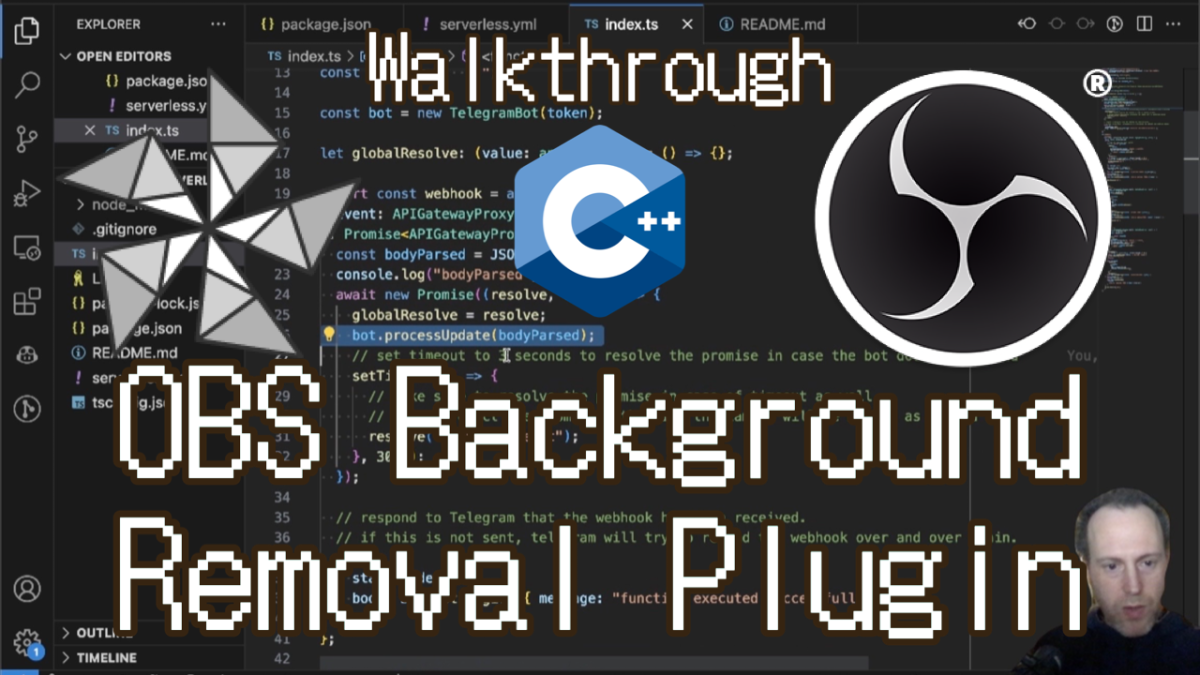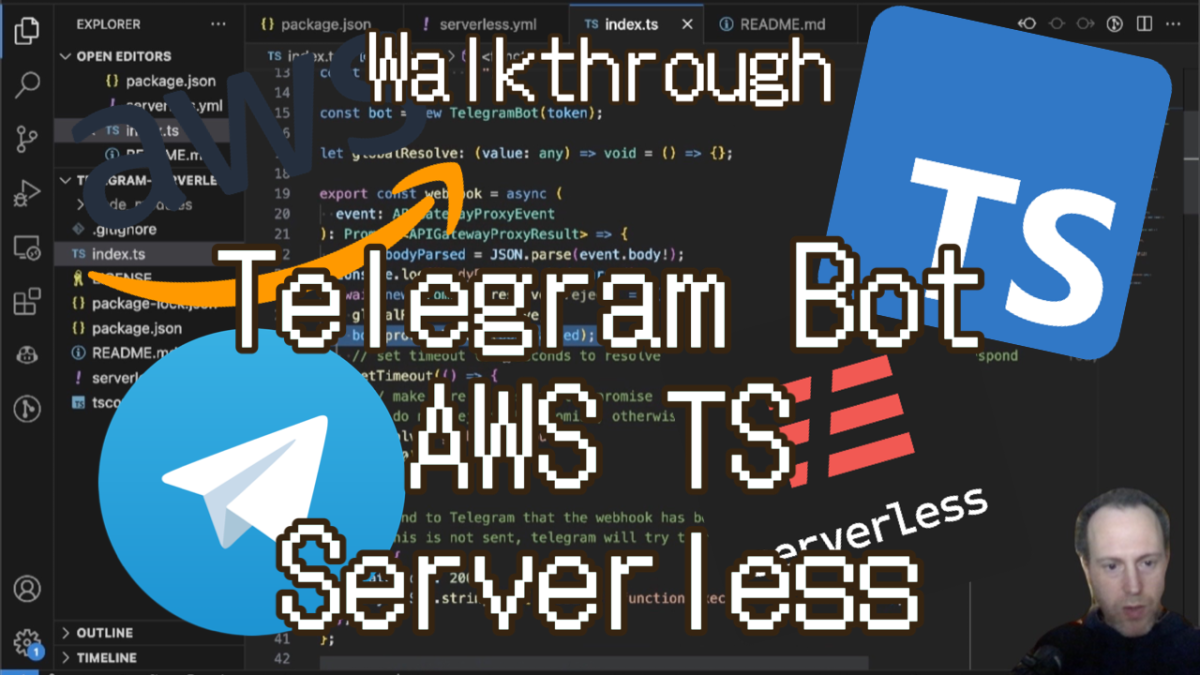TLDR: Traditional software engineering is becoming commoditized. Infrastructure, deployment, and development have become incredibly easy thanks to modern tools and platforms. While this means utility software (business applications) will likely be automated away, there’s still room for creativity and personal impact. Even though most software has already been written or will be handled by AI, developers should focus on writing software that matters to them or makes a difference to others, rather than waiting for even better tools.
The world of software engineering and development is changing at a breakneck pace. For someone who’s been in SWE for nearly 40 years (since I was 6 years old) and professionally for nearly 25 years (since I started getting paid for SWE work), I am concerned, but still hopeful.
What do I mean by “no more software left to write”? It means a few things:
- Software infrastructure has become so widely developed that writing new applications today — by hand, we’ll get to AI later — is 100x easier, faster, secure and optimized than just 5 years ago, and this rate of development is constant, meaning that in 5 years it would be 100x faster / easier / better than today.
- The amount of software written has risen dramatically. Just the sheer volume of applications and projects has increased, and within those – open-source projects that are easily copiable or integrable. It’s nearly impossible today to find an alcove of human pursuit that has been untouched by software or digitization.
- Software (and software engineering) has become as much like LEGO as it has ever been, where engineers (builders) can piece together an application in minutes! With advanced features and production-ready backends with just lines of code.
- Software deployment has become automated to immense degrees, where an app (web, mobile, desktop) can be packaged and served online (or dished out as download executable) with a single line of terminal. All backend services, all testing and integrations fully managed by someone else.
- AI coding has made it so full applications can be “written” ad-hoc to the user’s needs almost instantaneously, making the need for bespoke engineering obsolete – apps can be generated on the fly for a single use! The age of disposable food containers has arrived in software engineering.
- Hardware platforms are more generous than ever before! With memory, compute and disk capabilities that really make runtime optimization a thing of the past. You can brute force your way to software success and deal with consequences later, if at all it will become an issue.
All this means is that it has never been a better time to be a software engineer. And it has never been a worse time to start as a software engineer. If you’re starting out today, take note of the rate of change in the field – it is exponential. Tools and paradigms used today will be obsolete or woefully outdated in just 2-3 years. Except for the deepest of technologies, engineering applications has been commoditized to a pulp.



